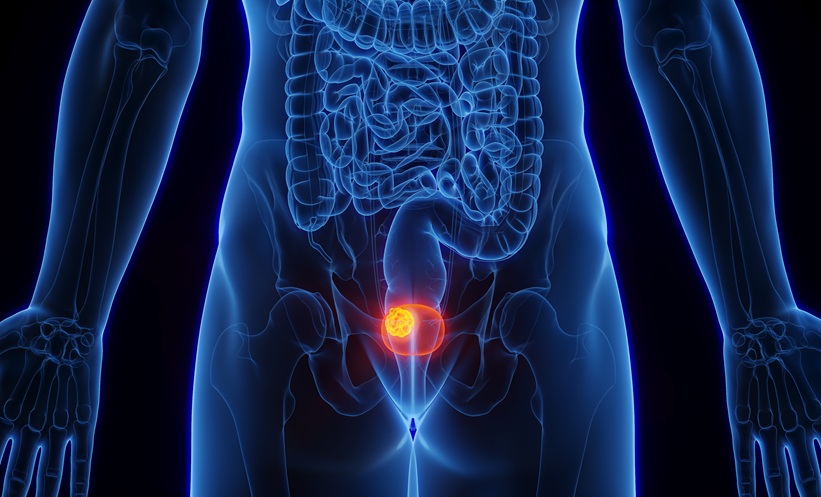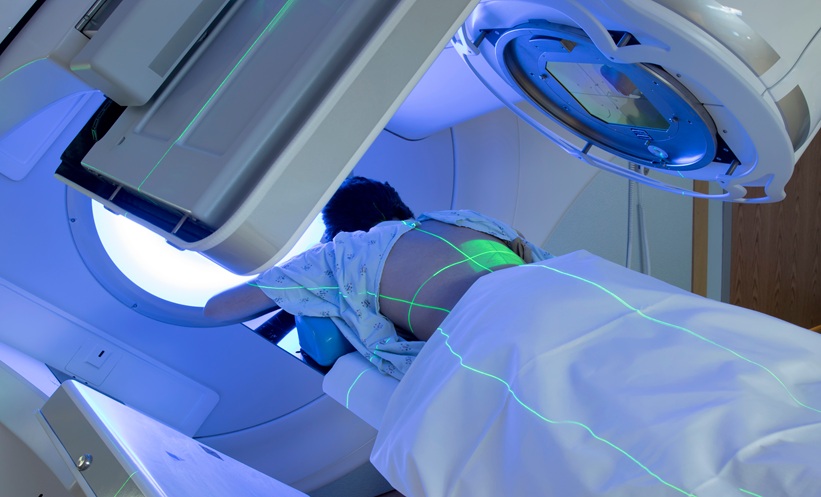INTRODUCTION AND OBJECTIVES
Sacral neuromodulation is commonly used as a third-line treatment option in patients with a refractory voiding dysfunction, such as overactive bladder, non-obstructive urinary retention, urgency-frequency syndrome, or urge urinary incontinence.1 The process for the possible placement of the device is divided into two phases. First is the testing or trial phase, which has the objective of determining the perception and response of the patient to the stimulation, assessing improvement during 1–2 weeks.2,3 Then, those who have a successful trial continue to the placement of the implantable pulse generator (IPG) in the operating room (OR). For the trial phase, two different modalities can be performed. The first is the office-based test stimulation (OTS), an inexpensive and minimally invasive procedure performed in the office under a local anaesthesic.4 However, the rate of lead displacement or migration was considered to be an issue; thus, a staged technique was developed, consisting of an initial placement of a tined-lead in the OR under sedation.5 Besides the risk of lead migration in the OTS group, it is also considered to have a lower success rate. Nevertheless, the studies are limited and focus on special populations.4 The authors considered whether the rate of success of the stimulation trial was higher actually when the first stage was performed in the OR, and if there were any other variables that could have a predictive role for trial success.
METHODS
The study began by retrospectively querying a cohort of patients in the authors’ institution who had sacral neuromodulation testing from 2003–2016. Recordings were taken of baseline characteristics, urodynamic study results, lower urinary tract symptoms, and other treatments received for voiding dysfunction at each visit. Testing modality, OR report, and postoperative evaluations were reviewed. The authors then described categorical baseline variables with percentages and continuous normally distributed variables with means. Patients who had ≥50% symptom improvement after stimulation trial were defined as responders and went on to have IPG placement. In this analysis, responders or non-responders served as a dichotomous categorical dependent variable, while multiple independent variables were analysed using multivariable logistic regressions. The study found odds ratio with 95% confidence intervals estimating the probability of being responder based on multiple predictor variables.
RESULTS
From the final cohort of 103 patients, 88 (85.4%) met the improvement criteria to progress to IPG placement. In the OTS group, 40 of the 51 (78.0%) patients had a successful trial (mean trial duration of 7.4 days); 82.0% of these were tested with bilateral wires; 9 of 51 had equivocal results, lead displacement, or migration, and underwent tined-lead placement in OR, all progressing to IPG placement. In the staged group, 39 of 52 (75.0%) had a successful trial (mean trial duration of 9.1 days). Overall, no significant differences were noted for primary lower urinary tract symptoms, urodynamic study parameters, previous treatments, or other baseline variables in predicting implantation success between the two techniques after performing multivariable logistic regression.
DISCUSSION AND CONCLUSIONS
OTS had an equivalent success rate compared with the staged procedure. Patients who had successful initial OTS received one less anaesthetic. They generally had two wires placed, thus allowing assessment for improvement at two different locations. OTS has advantages of cost-effectiveness and the ability to trial at more than one site while achieving similar success rates, and should be considered the procedure of choice in experienced hands. A next step in this study could be the long-term follow-up of this cohort to assess outcomes and analyse differences between the groups.








